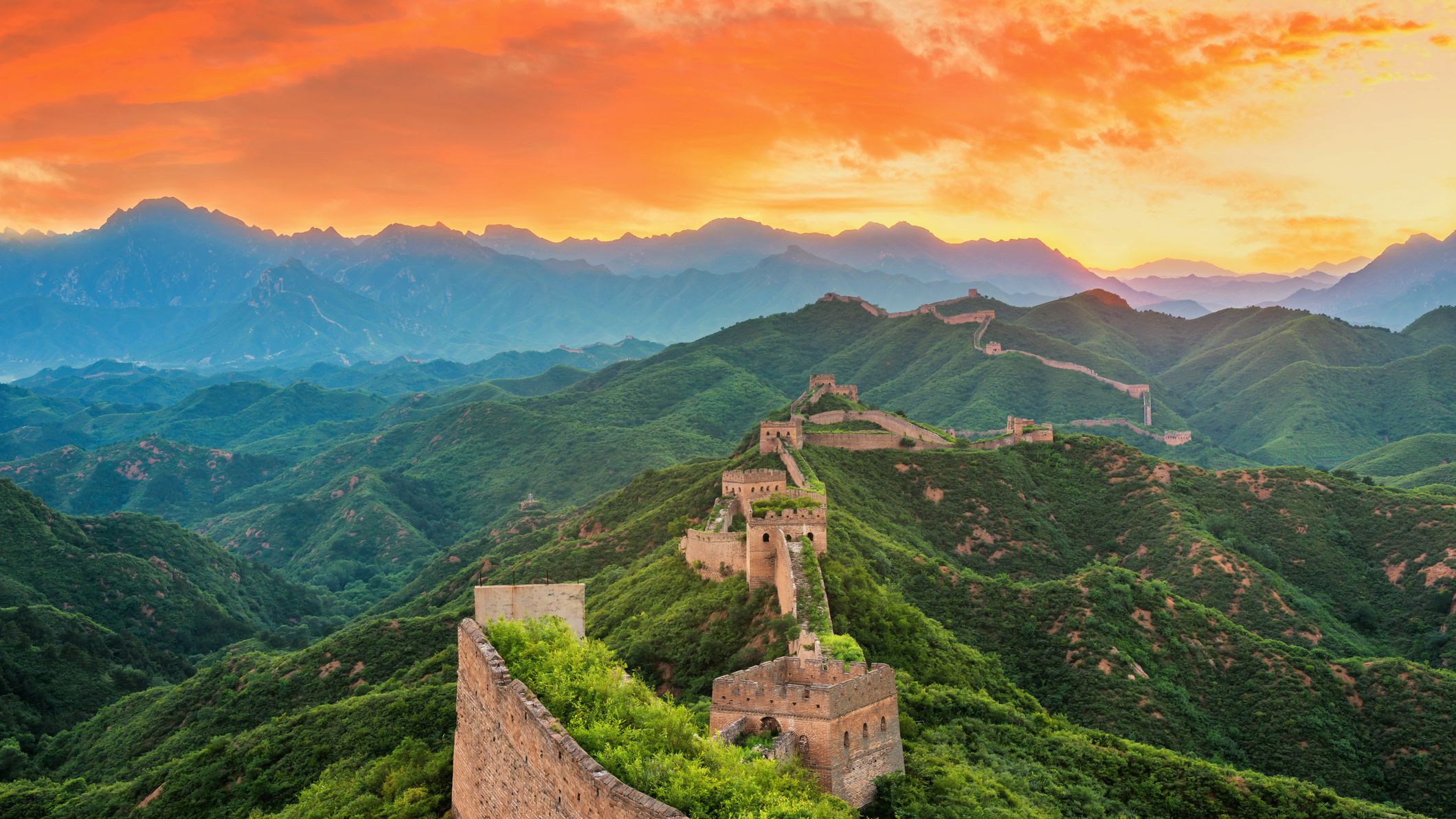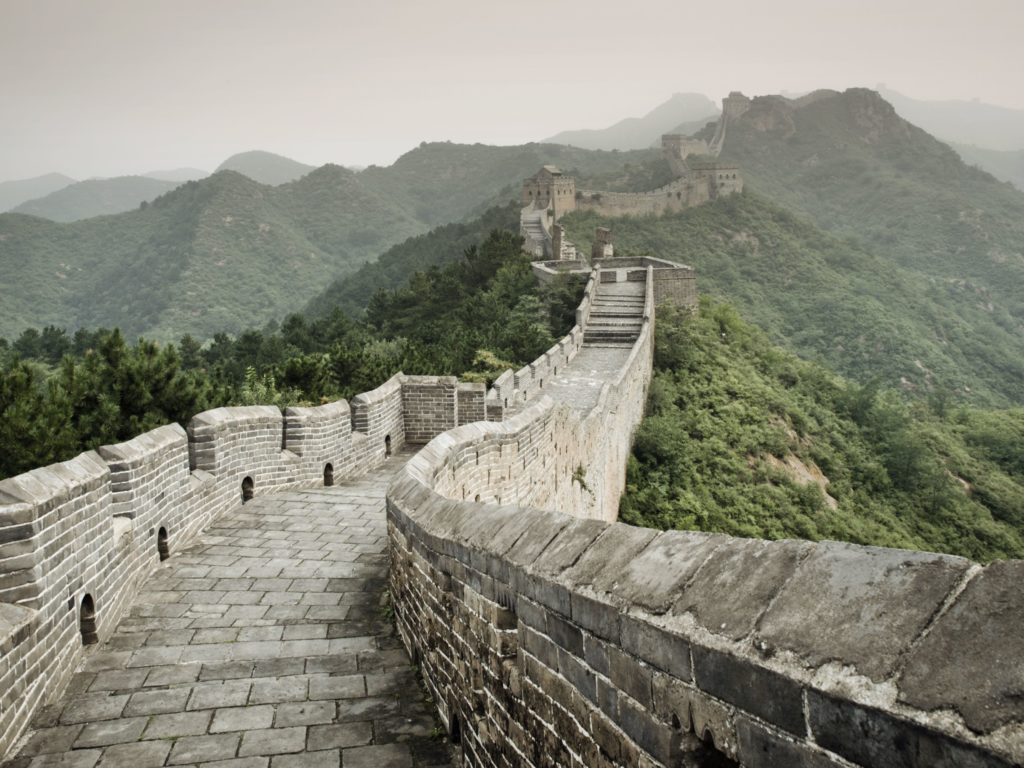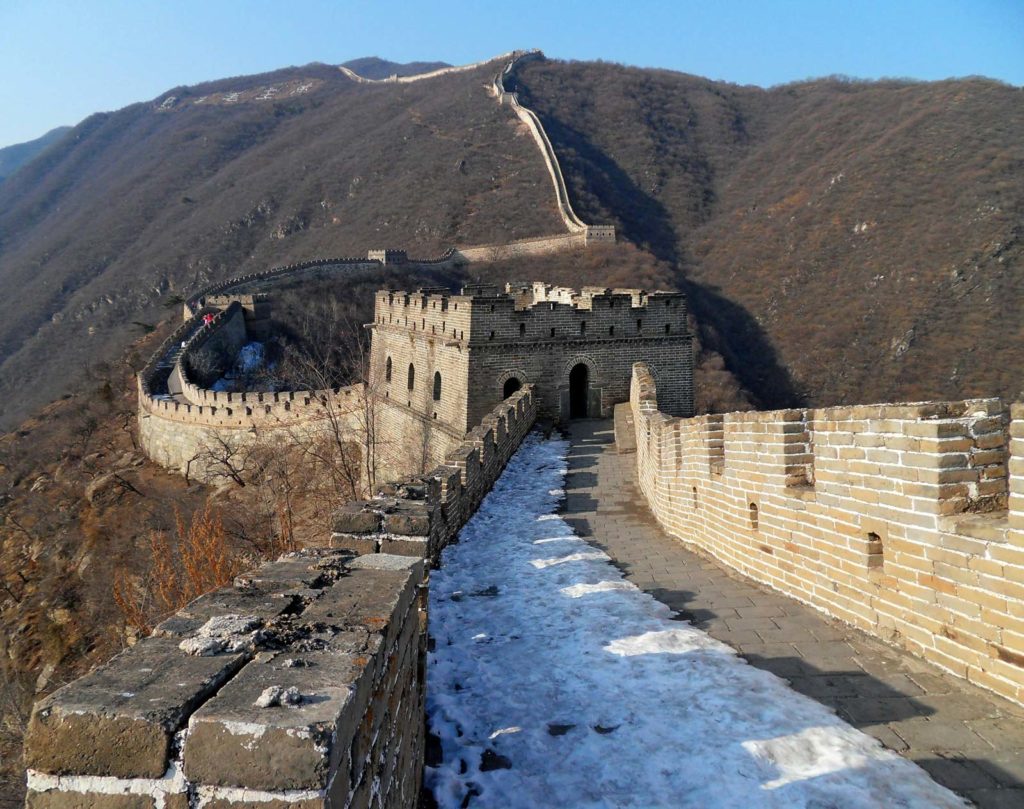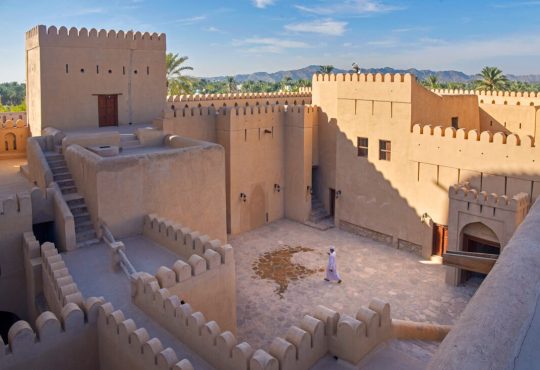
Visiting the Great Wall Of China – Part 1
Stretching across an awe-inspiring 20,000 km from the Yellow Sea in the east to the Gobi Desert in the west, the Great Wall of China remains the world’s longest wall and a major tourist attraction. Built over 2,300 years ago, this UNESCO-listed structure snakes along precipitous mountain ridges and thick forests, measuring 7 metres in width and between 6 to 14 metres high, interspaced with over 25,000 battlements. Despite what you may have been led to believe, the Great Wall of China is not a continuous superstructure, but rather made up of numerous sections between mountains that already provide natural defense.
The practice of building defensive walls began in the 5th Century BC, aiming to mark the borders of rival territories. The Great Wall also served as an early warning system, with gunpowder blasts, flags and smoke used as a primitive communication to send messages of enemy movements back to the capital. A vast majority of the Great Wall that is seen today comes from the Ming Dynasty of 1368 to 1644, where various crumbling sections of the wall were reconstructed by order of the Emperor.
The Wall fell to further disrepair during the Qing Dynasty of 1644 to 1912, with certain sections even actively dismantled to provide building material for Beijing. Today parts of the Wall have been restored to their former glory so that visitors from all over the world may marvel at the incredible feat of human engineering. This multi-part series will look at some of the most rewarding sites.
The Badaling Section
Found around 70km northwest of Beijing and only a 1.5hr drive from the capital, Badaling is one of the most popular and heavily visited sections of the wall. Very little of this section is original, having been the first to have been fully reconstructed.
Featuring 16 rebuilt watchtowers and nestled among undulating mountains, it remains very photogenic and provides visitors with the classic Great Wall image. At the foot of the Badaling section of the Wall there are a number of restaurants and souvenir stalls, as well as the Great Wall Museum, which provides a comprehensive history of the Wall. It’s well worth checking out the museum on your way down.
There’s also a cable car to take you from the main ticket office to the top of the Wall. Its easy access from Beijing and excellent facilities make it an ideal choice if you only half a day free to visit the Wall. It’s also a great choice for wheelchair users and those with mobility issues as special accessibility lanes have been made to get to the third watchtower by wheelchair. Whenever you visit, if you want to escape the crowds, walk 1km north or 2km south of the main entrance to reach unreconstructed sections.
The Mutianyu Section
Located 68km east of Badaling, the 2km-long Mutianyu section is the longest fully-restored section of the Great Wall with 22 watchtowers that were initially built as far back as 1368. It has some of the best examples of wall fortifications with a number of rare features not seen elsewhere on the Wall, yet remains less crowded than Badaling.
The density of watchtowers is unmatched and Mutianyu also features indentations in both the outer and inner parapets to allow shots to be fired on the enemy from both sides. Translating as ‘Admire Fields Valley’, the rugged terrain around Mutianyu is almost totally covered in forest with 300 year old pine trees and is especially picturesque in the warmer months when carpeted in vibrant green.
To reach the top of the Wall you can climb a steep set of steps but with a cable car and chairlift available, as well as a toboggan ride, it’s an excellent choice for families and wheelchair users who can use the lane leading to the platform below the 14th watchtower for great views of Mutianyu. There’s also a shuttle bus available to transport you from the ticket office to the foot of the Wall. If you’re interested in hiking a section of the Mutianyu Wall you can take the cable car to watchtower 15 and walk to watchtower 6 where steps lead back down to the main entrance.
The Jinshanling Section
Located some distance further east of Mutianyu, the Jinshanling section of the Wall features a brilliantly restored portion that deteriorates into its wild and natural state. If you’re looking for the quintessential picture of the Great Wall with the chance to explore more rugged areas, Jinshanling is the best option.
Stretching 10km with five passes and 67 watchtowers spaced 100m along the length of the Wall, Jinshanling contains many original features including obstacle walls and oval watchtowers. Due to the mountainous and uneven terrain of the region, the individual watchtowers were built in a variety of shapes and sizes with oval, rectangular and square towers all making an appearance here.
Some of the more remarkable features include the Big and Small Jinshan Watchtowers, one and two tiered structures with small retiring rooms, rafters and eaves of the roof made from polished bricks. The Jinshanling section of the Wall also features poems carved into tablets and set into the brickwork that date back to the 16th Century.
Due to its relative isolation, varied features and hiking opportunities, it’s recommended to allow yourself a full day to explore Jinshanling. You’ll be rewarded with great vistas and fewer people. For those less able to climb, there’s a cable car from the ticket gate to the top of the wall. If you stick to the restored portion of the wall you should have little trouble visiting some of the watchtowers.
So, what do you think so far? Have you visited any of the sections mentioned in this article? Share your experiences in the comments below!




